The Memory Market and Gut Feelings
- Alessia Canuto

- May 9
- 3 min read
Updated: Jun 15
“Gut feelings are intelligent, not irrational. Intuition is fast and frugal. Gut feelings are not mere impulses, but rather intelligent judgments based on unconscious rules of thumb. These intuitions allow us to make quick decisions with limited information, often leading to better outcomes than careful deliberation. The intelligence of intuition lies in its ability to focus on the most relevant information while ignoring the rest. Evolved capacities power intuition. Our gut feelings are anchored in evolved brain capacities, such as recognition memory.”
- Gut Feelings by Gigerenzer

Let me tell you a little story. A story of why the best brands live in your memory. You didn’t logic your way into loving your favorite brands. You felt something. Something instant. Something gut-deep. And that’s exactly the point. Great brands leave an imprint.
In a world obsessed with clicks and conversions, we forget that humans are intuitive creatures. We don’t think our way through most decisions - we feel our way there. We trust hunches, go with what “feels right,” and justify it later with data we (barely) remember. That’s it. That’s the game.
Think about Patagonia. Or Apple. Or IKEA. You remember how they make you feel. Reliable. Creative. Minimal. Adventurous. Your brain doesn’t store brand specs. It stores emotional fingerprints. And it really isn’t about a brand color palette. This has to do with the subconscious narrative whispered into someone’s emotional logic.
Gut feelings are accumulated intuitions. They’re built over time through repeated exposure, emotional contrast, and moments that just “feel right.”
“I don’t know why... but I trust this.”
“This just feels like me.”
“This brand gets me.”
That’s surely not (ir)rationality. That’s emotional encoding.
If a brand doesn’t evoke a felt sense, something visceral, then it is forgettable. Not because it’s bad, but because it’s bland.
From a behavioral science perspective, the brain remembers:
Emotionally charged events
Cognitive ease (things that are easy to process feel more true)
Relevance to self-concept
Distinctiveness from surrounding noise
And what does that mean for branding? It means mainly 3 things. First, you must make people feel before they think. Second, you must be instantly recognizable before they compare. Third, you must reflect their identity before they even realize it.
Gut decisions happen in milliseconds. Long before we realize, the brain is scanning for pattern recognition. “Does this match anything I’ve trusted before?” Visual branding, sonic logos, slogans, shapes: they all signal familiarity. And familiarity breeds trust. The “mere exposure effect” shows we prefer things we’ve seen before, even unconsciously.
What is a brand’s emotional code? What gut feeling does it evoke, without saying a word? If Apple feels “clean, powerful, desirable,” every tiny choice must reinforce that. If Oatly feels “playful, defiant, and planet-loving,” then even the barista jokes on the carton matter.
Emotional congruence boosts memory encoding. If tone, colors, visuals, and copy don’t match the emotion the company is aiming for, the brain files it as noise. Subtlety can be powerful when it hints at something people already believe about themselves. It creates fluency, frictionlessness, and most importantly, affective resonance.
A brand wants people to feel that it was always there. Like a shortcut to their better self. Self-relevance is the most potent filter in memory. Because people aren’t making decisions in front of an ad. They’re making them in the car, at the store, on the toilet, or in a rush.
And when that moment hits, a brand either surfaces from memory or it doesn’t. So brands shouldn’t ask: “Did we get their attention?” They should ask: “Did we leave a feeling they’ll recognize later as their own?” Because in the end, a brand is only as strong as the gut reaction it leaves behind.





Comments